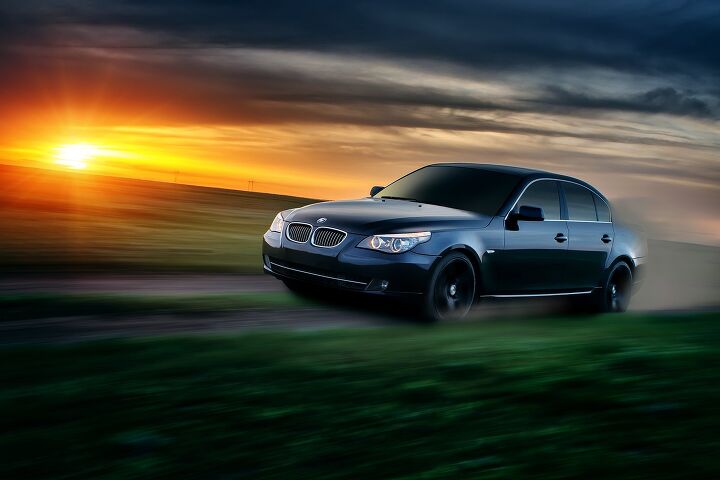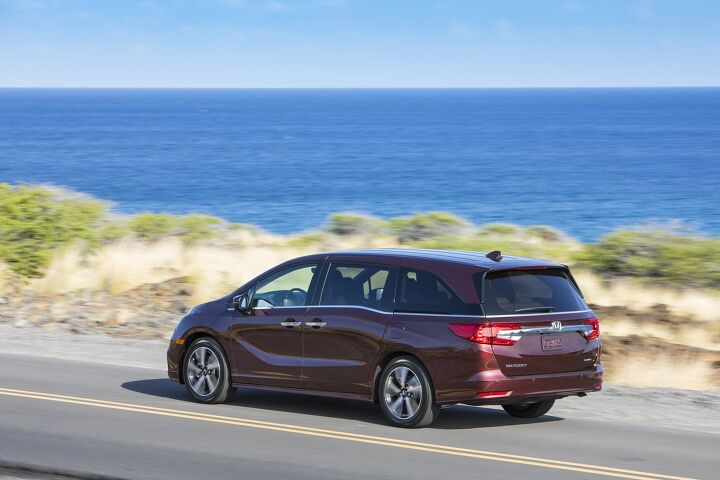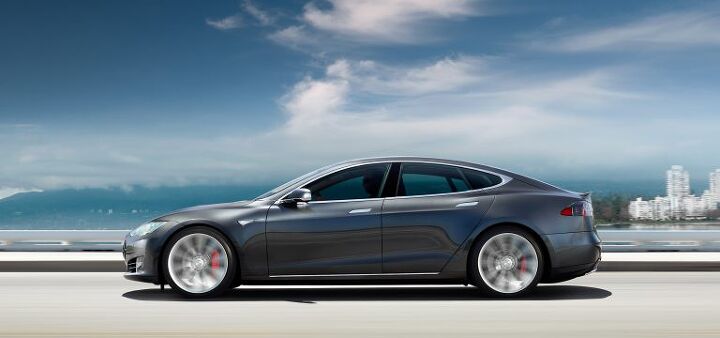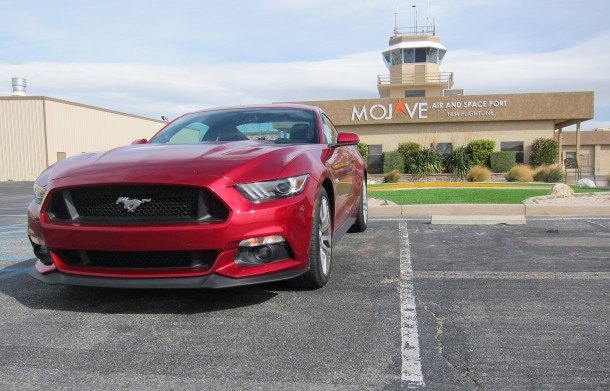#Acceleration
The 2018 Honda Accord 2.0T Is, in Fact, Quicker Than a 2017 Honda Accord V6
We learned in June that the 10th-generation Honda Accord, launched this fall for the 2018 model year, would lose its optional V6 engine. The impact in the marketplace would scarcely be felt, as the overwhelming majority of buyers didn’t select the V6 engine, which had steadily become an option only at the top end of the range.
Honda also made clear that the conventional Accord lineup would still include manual transmissions, would not include a coupe bodystyle, and would be exclusively linked to turbocharged engines. The basic 1.5-liter turbocharged four-cylinder, rated at 192 horsepower and 192 lb-ft of torque (at 5,500 rpm and 1,600 rpm, respectively) provided an upgrade from the 2017 Accord’s 2.4-liter naturally aspirated four-cylinder, which produced 185 horsepower and 181 lb-ft of torque at significantly higher rpm.
Meanwhile, the 278-horsepower, 252-lb-ft 3.5-liter V6 is replaced by a 2.0T detuned from duty in the Civic Type R. The 2018 Accord loses 26 horsepower (and at 6,500 rpm, needs 300 more revs to hit peak bhp) but adds 21 lb-ft of torque while producing peak twist just off idle at 1,500 rpm, 3,400 rpm sooner than in the old V6. Paired now to a 10-speed automatic and not the six-speed of 2017, and tipping the scales with around 120 fewer pounds in top-spec guise, the 2018 Honda Accord 2.0T is expected to be only marginally more fuel-efficient than the old V6.
But what about acceleration?
QOTD: How Do You Measure Fast?
Did you notice that TTAC was short one article by yours truly this week? Probably not — but if you did, allow me to explain the reason. I’ve spent the entire week doing testing for Road & Track’s Performance Car Of The Year issue. Today, I drove 10 mostly brilliant and remarkably capable vehicles against the clock around the NCM West course, ranging from a Honda Civic Type R to a Lamborghini Huracan Performante and a McLaren 720S.
I think that a lap around NCM West is a good indicator of a car’s speed, insofar as it includes everything from a straight-line drag race to some unpleasant off-camber turns that can send a car sideways at freeway speeds or well above. If you asked me how fast a car was, I would suggest you let me drive it around NCM West — only then would I be able to tell you.
Since doing that is expensive and often impractical, most people measure automotive speed the old-fashioned way: they read Car and Driver. But that still doesn’t settle the issue: what is the proper yardstick of automotive pace?
That Powerful New Four-Cylinder 2018 Toyota Camry? It's Not That Quick
Your excitement knows just cause. Upon reporting that the 2018 Toyota Camry would feature the American midsize segment’s most powerful base engine, the masses descended. We could see the hair standing up on the back of your neck through the series of tubes that is the internet.
In the 2018 Toyota Camry L, LE, SE, and XLE trims, the Camry’s new 2.5-liter four-cylinder produces 203 horsepower and 184 lb-ft of torque, at 6,600 and 5,000 rpm, respectively. In the 2018 Toyota Camry XSE, however, the Dynamic Force 2.5-liter produces — wait for it — 206 horsepower and 186 lb-ft of torque, gains of three ponies and two lb-ft.
So what do those major power gains, up from 178 horses and 170 lb-ft in the 2017 Camry, get the owner of the new 2018 Toyota Camry?
Minivans Are Becoming Properly Quick; Thank Modest Power Increases and Major Transmission Changes
Minivans. They’re the ultimate family haulers: unpretentious, utilitarian, and usually ugly.
Minivans haven’t been slow in some time. A decade ago, the Honda Odyssey produced 244 horsepower and required fewer than nine seconds to accelerate from nought to 60 miles per hour, hardly the behavior of a contemporaneous Chevrolet Aveo.
But the rate at which minivans have been packing on the ponies and adding gear ratios has evolved quickly over the last year. The Chrysler Pacifica came first, producing horsepower similar to its Pentastar twin from Dodge but adding a handful of gears. 0-60 times dropped to 7.3 seconds.
That was nothing to sneeze at. At least until Toyota made the 2017 Sienna the most powerful van in the segment and linked its 3.5-liter V6 to an eight-speed automatic; at least until Honda launched the 2018 Honda Odyssey with 10 speeds and 280 horsepower. Now the numbers are staggering.
The Newest Model S Could Be Quicker Than Tesla Admits
Click “pause” on that Model S vs. supercar/fighter jet video, Tesla aficionados.
The newest Model S P90D will outrun last year’s top-shelf Tesla while in Ludicrous mode, according to acceleration tests published by Drag Times.
Ford is Looking Into Report of Poky EcoBoost Mustangs
Ford Motor Company says it will get to the bottom of a report that purports to show 2.3-liter EcoBoost Mustangs getting slower in acceleration tests over time.
The 0–60 mile per hour times, recorded by Motor Trend during four separate vehicle tests, show a widening acceleration gap that left reviewers puzzled as to the cause.
Piston Slap: Hat Trick!
Jesse writes:
Hello, Sajeev.
My 2013 Outback 2.5i is fine and I don’t have any questions about it. Instead I wonder:
1. Why do car reviews measure acceleration in time but deceleration in distance?
2. Why do high performance electric cars need conventional brakes? I think there was a Mini concept a few years back that had 4 in-wheel electric motors that did all of the accel/decel.
3. Why don’t cars with CVTs have a ‘downshift’ button? Is it too hard on the transmission? Should I stop using the paddles to do so?
Thanks!
Piston Slap: Taking Control of Torque Steer?
M.D.K. writes:
Good Afternoon. This will be my third query to this column, the first being an ill advised plan to put my wife in an old Mercedes hatched in an Afghan Bunker, the Second being for our Afghan Trailblazer that wouldn’t run. The Benz never materialized (thankfully) and the Trailblazer was made to run reasonably well with a fuel filter and removal of the clogged catalytic converter (The EPA man wasn’t coming to Bagram). Sadly about a week after we got the Trailblazer running they collected it in an effort to go to an all diesel fleet. It was replaced with a TaTa pickup.
This actually pertains to a vehicle in my own fleet, my wife appliance grade 2007 Hyundai Tucson.
Toyota: Unintended Acceleration or Sticky Floor Mats?
A year ago, TTAC published a story about out-of-control Toyota Tacomas. Since then, reports continue to surface of “unintended acceleration” events in Lexus ES and IS and Toyota Camry and Camry Solara vehicles. Toyota insists that all-weather floor mats are causing the problem; the accelerator becomes stuck under the rubber. Autocoverup.com alleges, well, you know. “This is a known problem with over 432 complaints,” the site’s author insists. According to NHTSA’s Defect Investigation’s database, reports of unintended acceleration in Lexus ES models first surfaced around 2004 and continued until late 2008. One report (ODI-NHTSA Complaint Number 10252860) describes the problem:
























Recent Comments